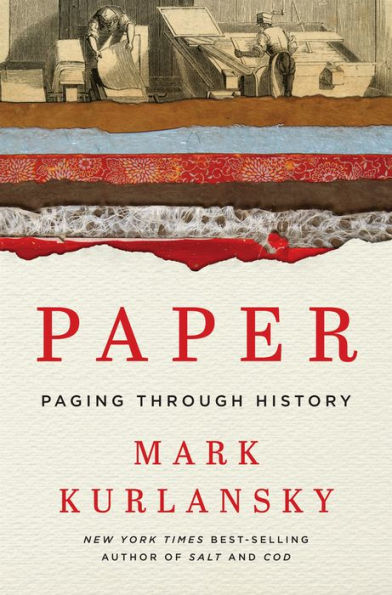Wars and presidents dominate May’s best new History releases: from George Washington to Gerald Ford, from the Revolutionary War to the modern drone program. Ride with Teddy Roosevelt as he charges up San Juan Hill, find a new angle on the founding of our nation, or get the scoop on the spies and ciphers of […]
5
1

Paper: Paging through History
416
Paper: Paging through History
416Related collections and offers
27.95
Out Of Stock

Product Details
| ISBN-13: | 9780393239614 |
|---|---|
| Publisher: | Norton, W. W. & Company, Inc. |
| Publication date: | 05/10/2016 |
| Pages: | 416 |
| Product dimensions: | 6.70(w) x 9.40(h) x 1.50(d) |
About the Author

From the B&N Reads Blog
